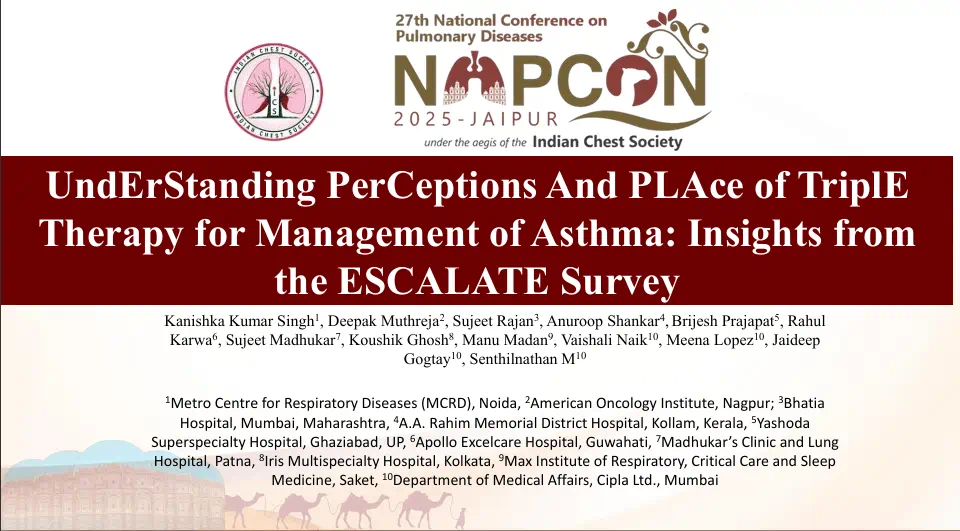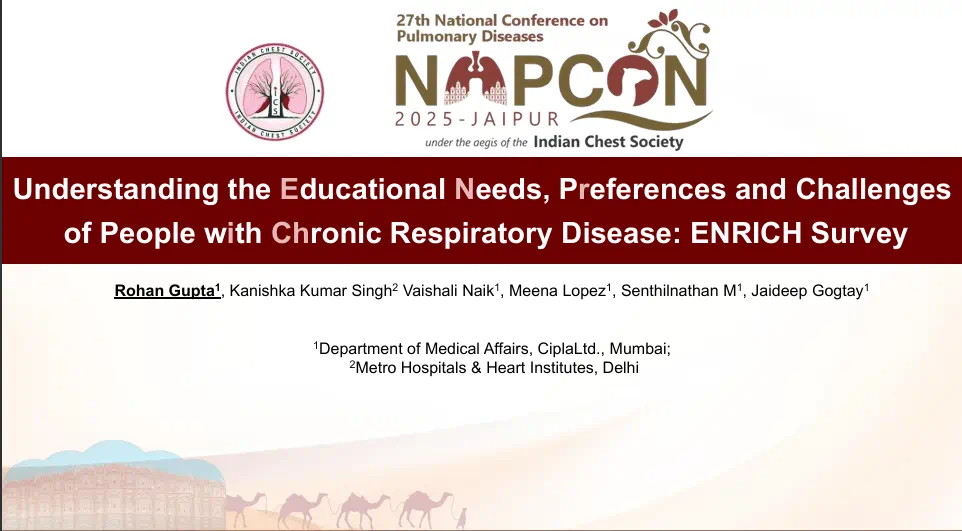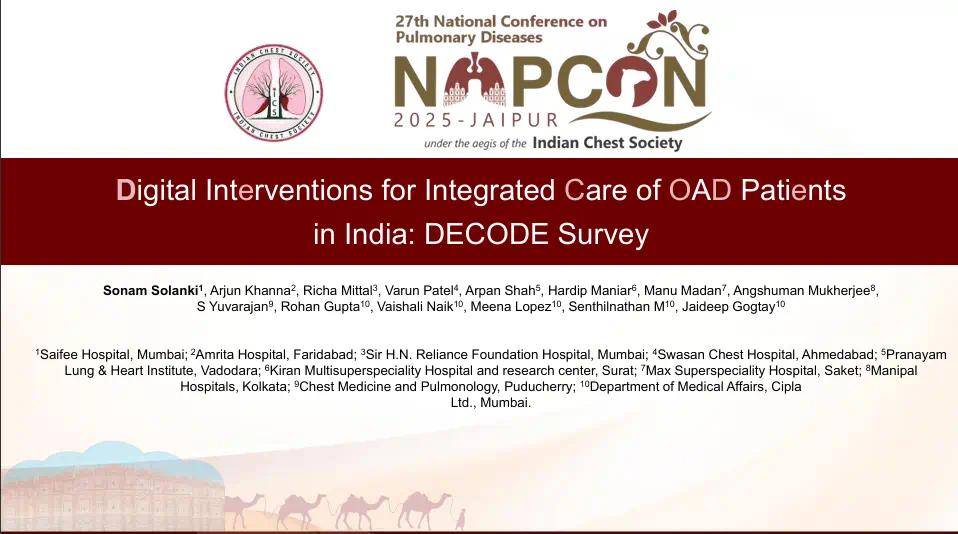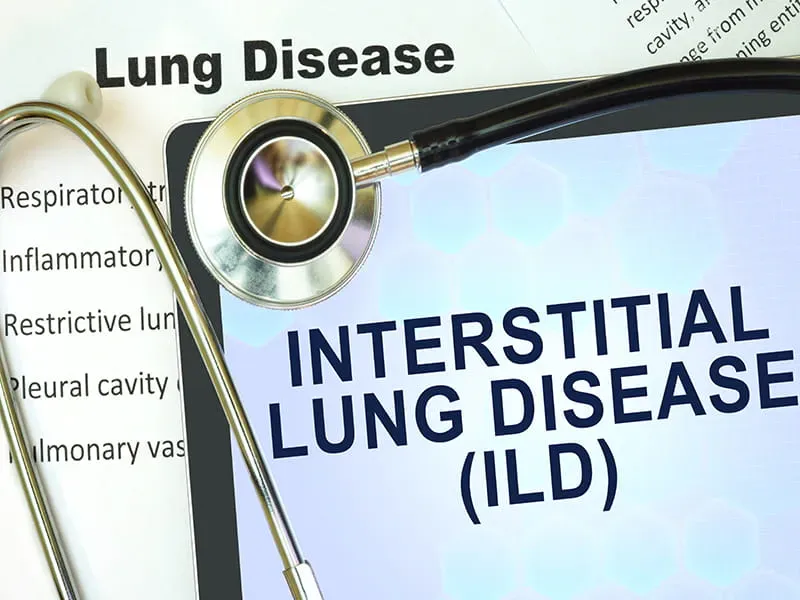CARMELINA Trial: Impact of Linagliptin vs. Placebo on MACE in High-Risk T2DM Patients
Introduction
Type-2 diabetes mellitus (T2DM) increases the risk of cardiovascular (CV) events. The CV safety of three dipeptidyl peptidase 4 (DPP-4) inhibitors has been demonstrated in previous studies, nevertheless the number of patients with high CV risk and chronic kidney disease (CKD) in these trials was limited. The available clinical data on linagliptin; a selective DPP-4 inhibitor demonstrated its glucose lowering efficacy and indicated CV and renal benefits.
Aim
The “Cardiovascular and Renal Microvascular Outcome Study With Linagliptin” (CARMELINA) trial aimed to determine the impact of linagliptin on CV outcomes and renal outcomes in T2DM patients at high risk of CV and renal events.
Patient Profile
-
Adult patients with T2DM, having glycosylated hemoglobin (HbA1c) 6.5% to 10.0% (n=6991)
-
The study participants had high CV risk [history of vascular disease and microalbuminuria or macroalbuminuria defined as urine-albumin creatinine ratio (UACR) ≥30 mg/g], and high renal risk [reduced estimated glomerular filtration rate (eGFR); 45-75 ml/min/1.73 m2 and UACR ≥200 mg/g or eGFR 15-45 ml/min/1.73 m2 regardless of UACR].
Methods
Study Design
-
A Randomized, placebo-controlled, multicenter noninferiority trial conducted across 605 centers in 27 countries.
Treatment Strategy
-
The study participants were randomized 1:1 to receive linagliptin, 5 mg once daily (n=3494), or placebo once daily (n=3485) along with usual care.
-
Patients were followed up at 12 weeks after treatment initiation and every 24 weeks thereafter.
-
Other glucose-lowering medications (except DPP-4 inhibitors, glucagon-like peptide-1 receptor agonists, and sodium glucose co-transporter-2 inhibitors) or insulin could be added based on clinical need and as per the local clinical guidelines.
Outcomes
Primary Outcome
-
Time to first occurrence of the composite of CV death, nonfatal myocardial infarction (MI), or nonfatal stroke [3-point major adverse CV event (MACE)]
Secondary Outcome
-
Time to first occurrence of composite of adjudication-confirmed end-stage renal disease (ESRD), death due to renal failure, or sustained ≥40% decrease in eGFR from baseline (the eGFR criteria was changed to original decrease of ≥50% in eGFR).
Tertiary Outcomes
-
Time to hospitalization for heart failure (HF), all-cause death, composite of renal death or ESRD and a microvascular composite outcome (albuminuria, sustained ESRD, sustained decrease of at least 50% in eGFR, death due to renal failure, and major ocular events)
Additional Tertiary Outcomes
-
Progression in albuminuria category and change from baseline in HbA1c.
Adverse Events
-
Incidence of adverse events (AEs)
Results
-
Mean age of the study population was 65.9 years; mean eGFR was 54.6 mL/min/1.73m2; 80.1% of the study subjects had UACR >30mg/g.
-
Of the entire study population, 6979 patients received at least 1 dose of study medication and 98.7% patients completed the study.
-
During a median follow-up of 2.2 years, the primary outcome occurred in 12.4% and 12.1% patients treated with linagliptin and placebo groups, respectively, [absolute incidence rate difference: 0.13 per 100 person-years; 95% confidence interval (CI): −0.63 to 0.90, Hazard ratio (HR): 1.02; 95% CI: 0.89-1.17; P <0.001 for noninferiority) (Fig. 1).
-
The incidence of renal composite outcome did not differ significantly between linagliptin and placebo-treated groups (9.4%, 4.89 per 100 person years vs. 8.8%, 4.66 per person years; absolute incidence rate difference: 0.22 per 100 person-years; 95%CI: −0.52 to 0.97; HR: 1.04; 95%CI; 0.89-1.22; P=0.62).
Fig. 1: Incidence of Primary & secondary outcome
-
Incident death reduced by 2% in the linagliptin vs. placebo group (10.5%, 4.69 per 100 person-years vs. 0.7%, 4.80 per 100 person-years; absolute incidence rate difference of −0.11; 95% CI: −0.79 to 0.58; HR: 0.98; 95% CI: 0.84-1.13; P=0.74)
-
Linagliptin vs. placebo reduced the HF hospitalizations by 10%, though the difference was not statistically significant (6.0%, 2.77 per 100 person-years vs. 6.5%, 3.04 per 100 person-years; absolute incidence rate difference: −0.27; 95% CI: −0.82 to 0.28; HR: 0.90; 95% CI; 0.74-1.08; P=0.26)
-
The incidence of the composite outcome, comprising a composite of sustained ESRD or death due to renal failure did not differ statistically for linagliptin vs. placebo group (3.9%, 1.78 per 100 person-years vs. 4.4%, 2.04 per 100 person years; absolute incidence rate difference: −0.26; 95% CI: −0.70 to 0.18; HR: 0.87; 95% CI: 0.69-1.10; P=0.24).
-
Linagliptin vs. placebo reduced the risk of progression of albuminuria category (i.e. change from normoalbuminuria to microalbuminuria/macroalbuminuria or change from microalbuminuria to macroalbuminuria) by 14% (35.3%, 21.4 per 100 person-years vs. 38.5%, 24.5 per 100 person-years; absolute incidence rate difference: −3.18; 95% CI: −5.44 to −0.92; HR: 0.86; 95% CI: 0.78-0.95; P=0.003).
-
Other prespecified microvascular composite outcomes including both renal and major ocular events occurred less frequently in linagliptin-treated patients.
-
After 12 weeks of treatment, the adjusted mean difference in HbA1c with linagliptin vs. placebo was −0.51% (95% CI: −0.55% to −0.46%) vs. −0.36% (95% CI, −0.42% to −0.29% based on least-square means). There was no increase in overall hypoglycemia (linagliptin group: 19.9 per 100 person-years vs. placebo: 20.2 per 100 person-years).
-
The need for higher use of additional glucose-lowering medications was reduced by 24% in patients treated with linagliptin vs. placebo (HR: 0.76; 95% CI: 0.69-0.84: P <0.001). Also, fewer patients in the linagliptin group initiated or increased doses of preexisting insulin therapy (HR: 0.72; 95% CI: 0.65-0.81; P <0.001).
-
The frequency of confirmed hypoglycemic AEs was 15.9% and 16.4% in linagliptin and placebo groups, respectively. A numerically higher rate of hypoglycemia was observed with linagliptin vs. placebo groups in patients taking sulfonylurea at baseline (15.5 per 100 person-years vs. 13.7 per 100 person-years) but not in other subgroups at increased risk of hypoglycemia.
Conclusion
-
Among adults with T2DM and high CV and renal risk, linagliptin added to usual care compared with placebo resulted in a noninferior risk of a composite CV outcome over a median 2.2 years.
JAMA. 2019;321(1):69-79.










